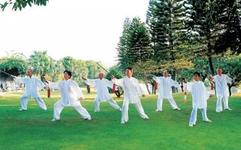1. Preparation Activities.Before exercising, it is essential to perform preparatory activities such as stretching, bending, and squatting; otherwise, it is easy to cause sprains, bruises, fractures, etc. Practicing Tai Chi places a significant static load on the lower limbs, with the burden on the ankles, knees, and surrounding ligaments being particularly heavy, often several times greater than that experienced during normal walking, sometimes exceeding ten times (depending on the practitioner’s skill level).
During exercise, the neck, spine, waist, hips, ankles, shoulders, elbows, and wrists are continuously rotating, especially the ankles and knees, as well as the sacroiliac and inguinal ligaments, which can easily suffer sudden strains, sprains, and soft tissue injuries around the joints and ligaments. Practical experience has shown that practicing Tai Chi after preparatory exercises not only reduces the risk of joint and ligament injuries but also minimizes muscle fatigue, making it easier to maintain stability during balance movements such as standing on one leg or pushing off.
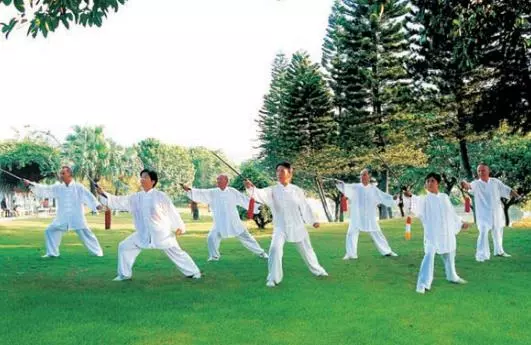
2. Moderate Exercise.The intensity of Tai Chi practice is determined by factors such as the duration of training, speed, depth of breathing, and the practitioner’s skill level. The amount of exercise varies from person to person and cannot be uniformly prescribed; it should be based on feeling relaxed, open, and refreshed after practice, without fatigue below the waist.
To prevent and treat diseases through Tai Chi, the exercise intensity should not be excessive. Particularly for patients with a history of angina, such as those with hepatitis, infiltrative pulmonary tuberculosis, organ prolapse, or coronary heart disease, continuous practice should not exceed 30 minutes, and fast-paced routines that are difficult to regulate breathing and involve jumping movements are not advisable. Generally, individuals can practice continuously for 1-2 hours at a moderate intensity.
Some individuals may feel chest tightness, shortness of breath, dizziness, nausea, shoulder pain, or lower back soreness after practicing Tai Chi, which does not indicate excessive exercise but rather suggests issues with technique or training methods.
3. Correct Posture.
To achieve this, four points must be followed:
First, maintain a calm mind and relaxed body, focusing your energy. To stay relaxed and calm, one must first quiet the mind. Then, relax all muscles, joints, and internal organs, eliminating all distractions and fully concentrating on practicing Tai Chi.
Second, keep the head upright and the tailbone aligned. The head should be straight, neck aligned, and the mouth naturally closed, with the jaw retracted and the tongue flat. The gaze should follow the direction of movement, with the eyes leading the hands, and when stopping, the gaze should be directed forward through the index finger.
Third, relax the shoulders and elbows, and keep the wrists and fingers comfortable. The shoulders should be relaxed and level, not uneven. The elbows should be relaxed and slightly bent, with intention directed to the fingertips.
Fourth, keep the chest slightly concave and the back elongated, with energy sinking to the lower dantian (丹田, dāntián). The collarbones should be level, and the chest muscles relaxed, referred to as ‘containing the chest.’ The back muscles should also be relaxed, with a slight upward lift, creating a feeling of tension in the skin of the back, referred to as ‘lifting the back.’
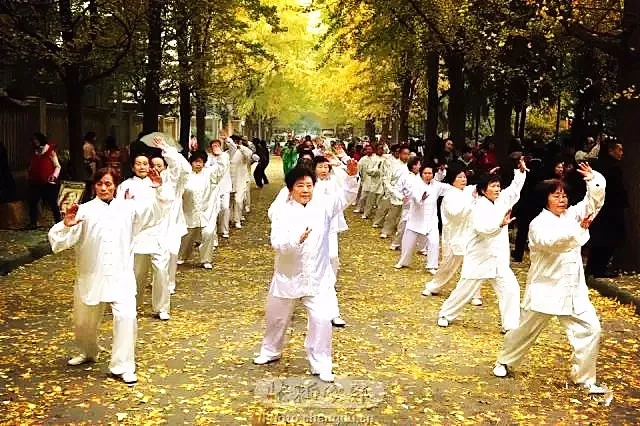
4. Standardized Movements.
Four points must be followed:
First, use the waist as the axis, with movements following it. The waist governs the movement of the limbs. The rotation of the waist and abdominal muscles should lead the chest and back muscles, guiding the limbs in a circular motion. Movements should respond to each other, integrating as one, with coordination between internal and external, up and down, left and right, and front and back. Internal and external should be unified, flowing seamlessly.
Second, footwork should be flexible, with clear distinctions between empty and solid. The application of force should be smooth, and steps should be as quiet as a cat’s walk. During movement, the legs must clearly distinguish between empty and solid, alternating support for the center of gravity to maintain overall balance.
Third, maintain correct posture and continuous flow. Correct posture means movements should be upright, not loose, curled, or tilted. Continuous flow means movements should be smooth and unrestrained. Transitions between movements should be seamless, with each action connected, creating a unified sequence.
Fourth, guide movements with intention, achieving unity of internal and external. When practicing Tai Chi, focus your spirit, directing intention to the lower dantian, ensuring a calm mind and purposeful intention. Awareness should command the changes and coordination of all bodily systems. During movements, the internal and external should open and close, distinguishing between empty and solid, and rotating smoothly, achieving ‘following the waist, unity of internal and external’ with intention guiding the movements.
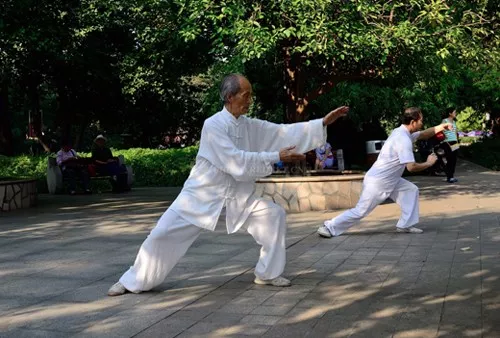
It is also important to discuss the protection of the knee joints. The knee joint is the most crucial joint for supporting the body in the lower limbs. Although Tai Chi is not an intense sport, the practice requires the body to relax and sink, with the lower limbs often bearing weight on one leg, which places significant demands on leg strength. Improper movement can severely damage the knee joint, causing pain. The reasons for this can be analyzed as follows:
First, insufficient joint activity before practice. If the joints are not adequately warmed up before practicing, the muscles and ligaments around the knee joint may be stiff, leading to potential sprains during movements.
Second, neglecting rest and maintenance after practice. Failing to perform proper cool-down activities after practice can lead to muscle stiffness in the legs, resulting in knee joint wear.
Third, incorrect posture during practice.
1. Kneeling. Kneeling occurs when the knee joint extends beyond the toes, causing the entire body weight to press down on the knee joint, preventing proper weight distribution to the feet. This excessive load on the knee joint can easily lead to pain.
2. In fixed positions, the knee joint of the supporting leg should align with the toes. The joints must align; otherwise, there will be a loss of strength. Misalignment between the knee joint and toes can lead to improper force on the knee joint, resulting in pain.
3. Lack of clear distinction between empty and solid during movement transitions. When the toes are turned outward or inward, avoid bearing weight until the direction is established, then shift the center of gravity. Avoid twisting or moving the feet without clear distinction between empty and solid, as this can lead to knee injuries when shifting weight.
Fourth, excessive lowering of the center of gravity can lead to excessive exercise. Each person’s physical condition is different; some may not engage in physical exercise regularly, so when first practicing Tai Chi, they may feel insufficient leg strength and fatigue, which can also lead to knee injuries when control is lacking, resulting in pain.
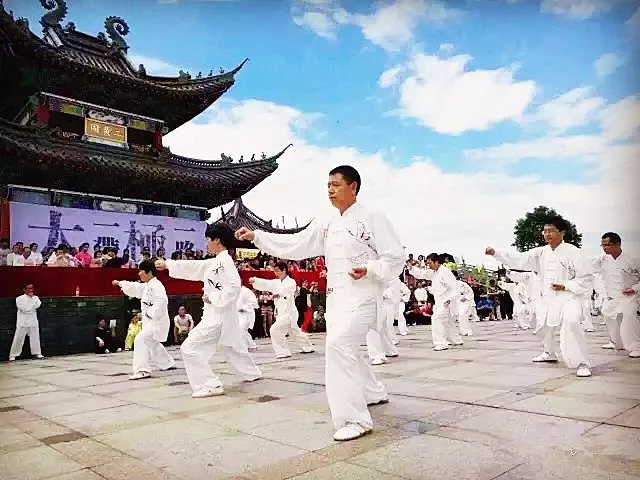
5. Understanding Principles. To achieve this, practice principles rather than force, focus on the essence rather than the superficial, and train the body rather than just the movements. First, practice principles rather than force. ‘Principles’ refer to the theories and principles of Tai Chi. Tai Chi practices the great way, which is the principle of the transformation of Yin and Yang in Tai Chi, where Yang generates Yin and Yin generates Yang. Tai Chi embodies both hardness and softness, with a balance of both; emptiness generates solidity, and solidity generates emptiness, with transitions between the two. Through focused mental concentration, directing Qi (气, qì) with intention, and allowing the body to follow the mind, one achieves a state where all movements are interconnected, with internal and external harmonized. During practice, one should follow the rules and go with the flow, avoiding impatience for quick results. Practicing force refers to training physical strength, which, while it may develop localized strength, lacks the finesse and is not favored by Tai Chi practitioners. Second, focus on the essence rather than the superficial. ‘Essence’ refers to the source and foundation, namely the original Qi (元气, yuánqì) in the kidneys and the foundational work of the lower body.

If there are any copyright issues, please contact the original author through the backend. The articles published are for learning and reference only. Please practice under the guidance of a professional instructor.
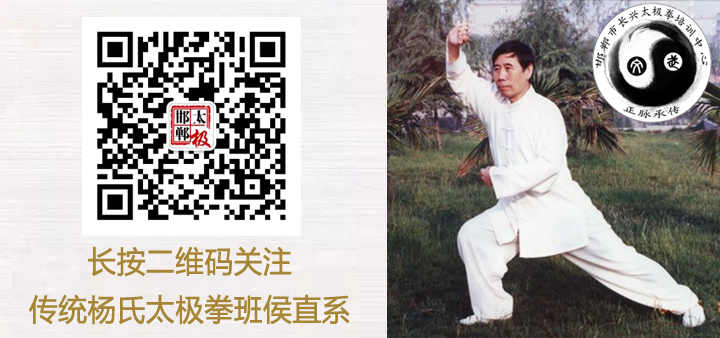
Official website: http://www.yunshuiwang.com



